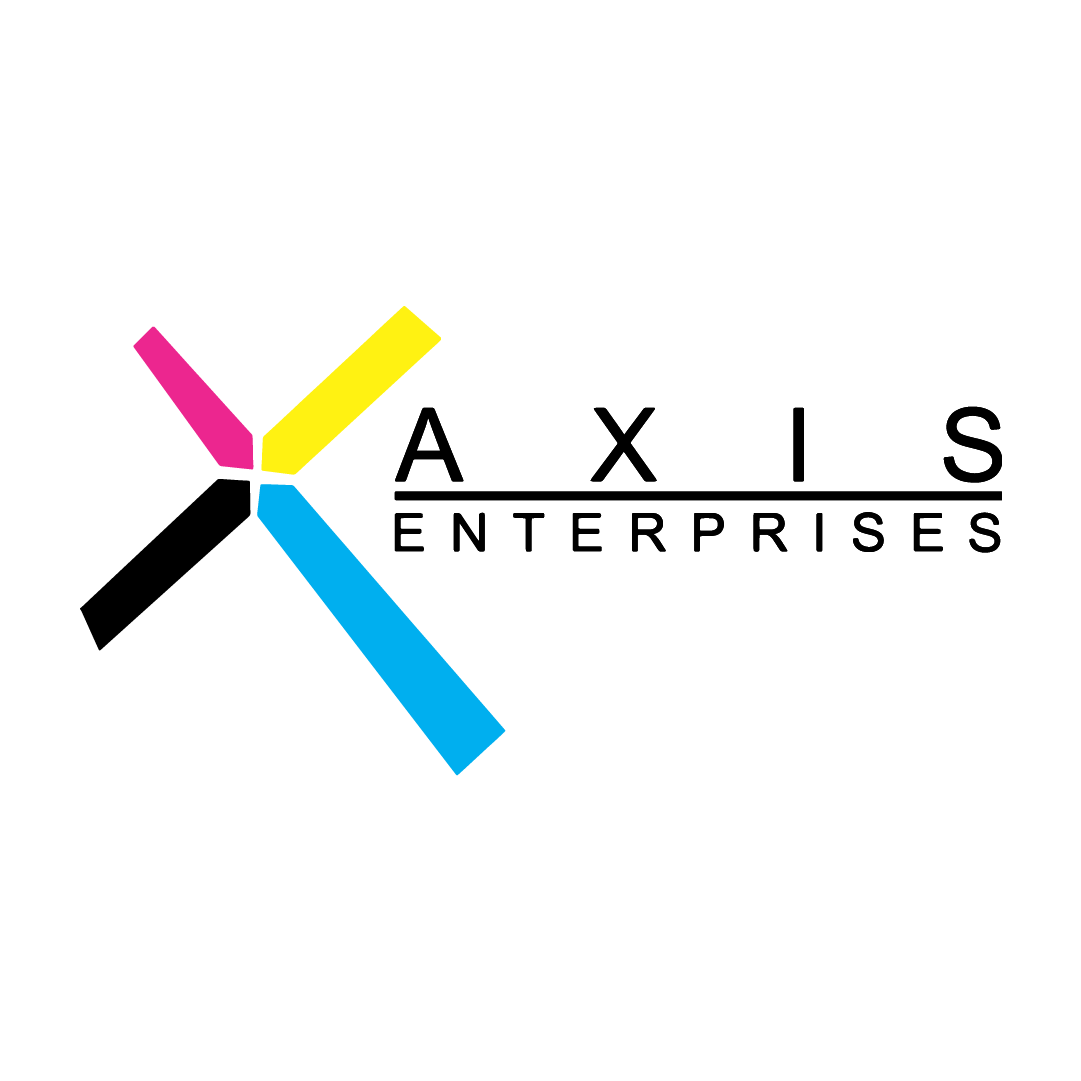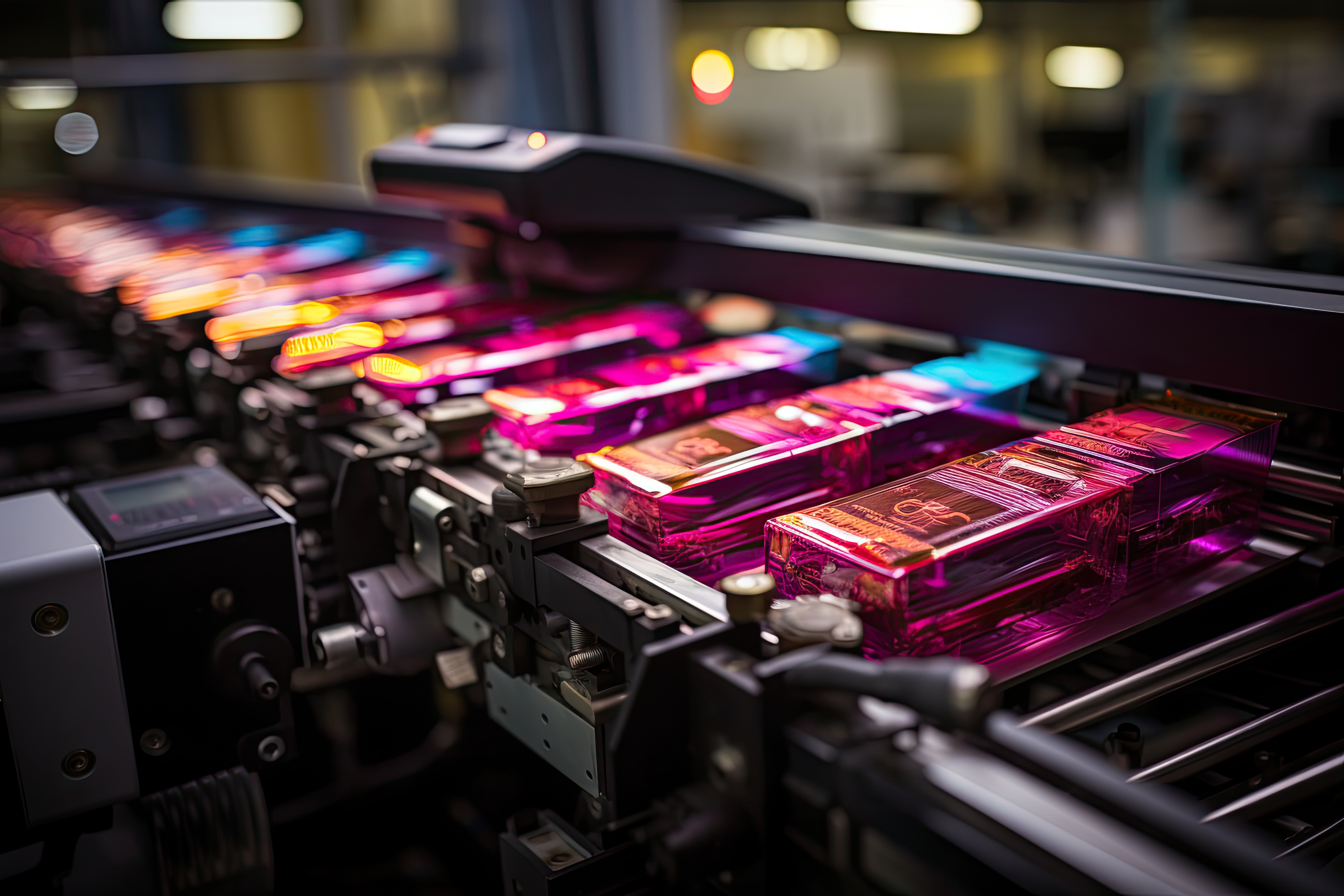In the vibrant landscape of India’s printing industry, the advent and evolution of UV (Ultraviolet) printing technology stands as a testament to innovation and progress. From traditional methods to the cutting-edge UV printing, this journey mirrors the country’s embrace of technological advancements. Today, UV printing in India is not just a trend; it’s a revolution reshaping the printing industry.
*The Early Days: Traditional Printing in India*
Tracing back to the origins of printing in India, the industry was dominated by conventional methods like offset and screen printing. These techniques, while effective for their time, had limitations in terms of speed, efficiency, and environmental impact. The reliance on solvents and longer drying times were constraints businesses often had to work around. In this era, the concept of UV printing was merely a distant possibility.
*The Introduction of UV Printing Technology*
The introduction of UV printing technology in India marked the beginning of a new era. Initially perceived as a niche technology, it rapidly gained popularity due to its distinct advantages. UV printing, utilizing ultraviolet light to dry or cure ink as it’s printed, offered a quicker and more efficient alternative to traditional methods. This technology not only sped up the printing process but also enhanced print quality dramatically.
*UV Printing Today: Revolutionizing Indian Businesses*
Today, UV printing is at the forefront of the Indian printing industry. Its ability to print on a variety of substrates, from paper and plastic to glass and metal, has opened up a world of possibilities for Indian businesses. Customization and on-demand printing, which were once considered challenging, are now easily achievable. This adaptability makes UV printing an invaluable tool for sectors ranging from advertising and packaging to fashion and interior design.
*The Advantages Propelling the Popularity of UV Printing*
1. *Efficiency and Speed*: UV printers are incredibly efficient, drastically reducing printing time and allowing for faster turnaround times. This is a game-changer for businesses that rely on swift production cycles.
2. *Quality and Durability*: The print quality achieved by UV printers is superior. The colors are more vibrant, and the prints are more resistant to fading, moisture, and wear. This longevity is particularly beneficial in the harsh Indian climate.
3. *Environmental Impact*: UV printing is more eco-friendly compared to traditional methods. It uses less energy and produces fewer emissions and waste, aligning with the growing environmental consciousness in India.
4. *Versatility*: The ability of UV printers to handle various materials has broadened the horizons for product personalization and innovation, catering to the diverse needs of the Indian market.
*The Future of UV Printing in India*
Looking ahead, the future of UV printing in India is bright and promising. With technological advancements, we can expect even more efficient, eco-friendly, and versatile UV printing solutions. As businesses continue to seek innovative ways to stand out, the demand for UV printing is poised to grow exponentially.
Moreover, as the world moves towards more sustainable practices, UV printing will likely play a pivotal role in driving environmentally friendly initiatives within the Indian printing industry.
*Conclusion*
The evolution of UV printing in India is a narrative of progress, innovation, and adaptation. As we move forward, UV printing will not only continue to transform the printing landscape but also empower businesses to explore new creative avenues. For those looking to delve deeper into the world of UV printing, websites like [uvprinterindia.com](http://uvprinterindia.com) offer a wealth of resources and insights. Whether you’re a business owner, a creative professional, or simply an enthusiast, the journey of UV printing in India is a remarkable story worth exploring.



